Future Nature
The Evolution Will Not Be Televised
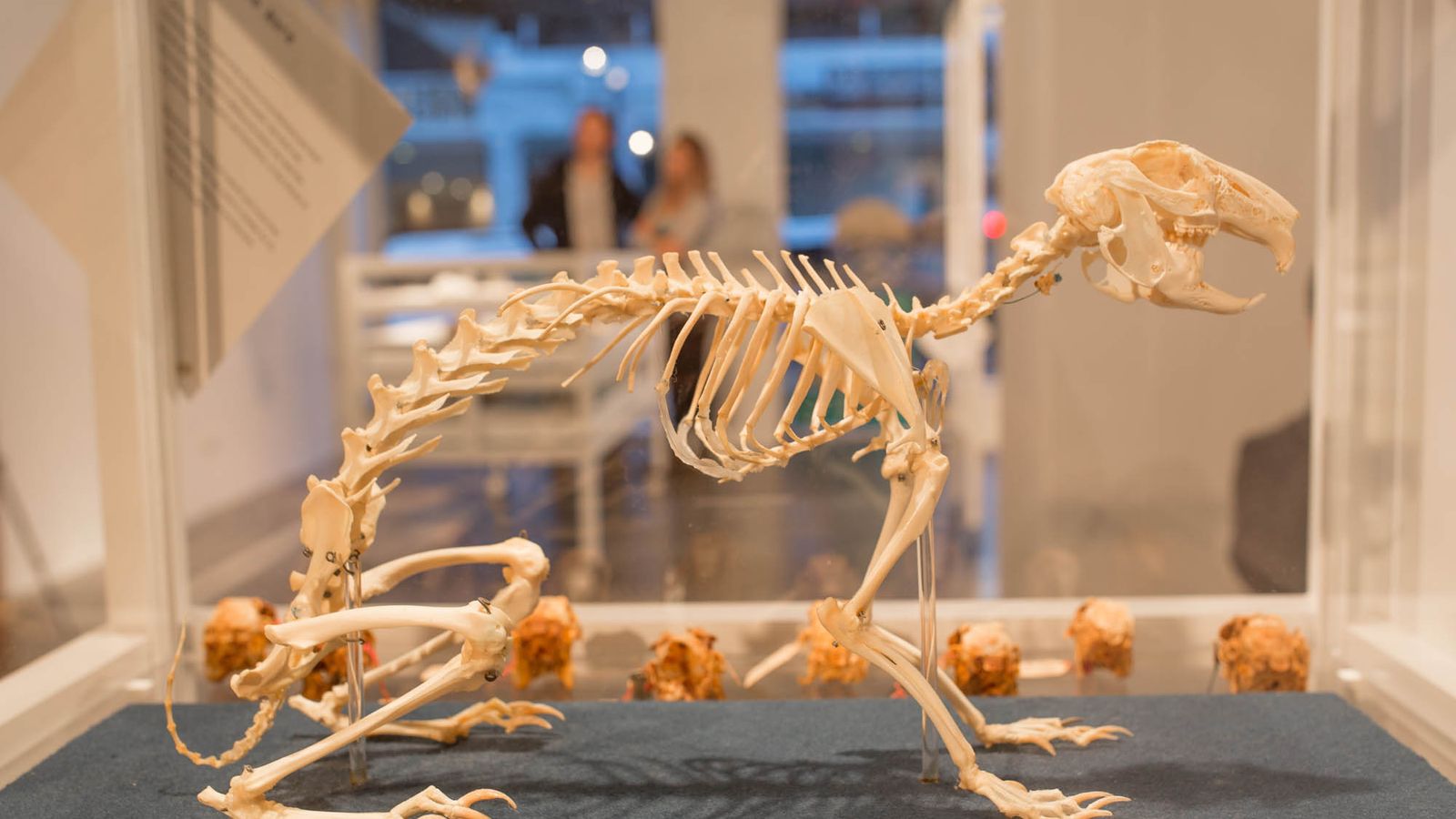
Australian Design Centre
101-115 William St, Darlinghurst NSW
28 August - 16 October 2015
In collaboration with the Australian Museum, Future Nature explores possible futures through the eyes of artists, designers and architects inspired by biology and the natural world. Mapping the collisions of art, science, and design, the exhibition explores the roots of scientific curiosity.
Describing the goals for the exhibition, Future Nature’s creative producer Tom Rivard said that the vision was to create “a space in which you can wander, and that engages your curiosity. I want people to step inside each cabinet but also inside the head of the artist themselves.”
Artworks featured in the exhibition will be displayed in contemporary cabinets of curiosity. Artists include Keith Armstrong, Tegan Brain & Jodi Newcombe, Justin Cawley, Eggpicnic, Alan Giddy, Natalie Jeremijenko, Pierre Proske, Dagmar Reinhardt, and Sue Anne Ware.
Each exhibiting designer has had access to the extensive archives, collections, and backrooms of the 188-year-old Australian Museum. The artworks, objects and installations that have been produced for Future Nature range from a re-imagining of the Museum’s famous Long Gallery to an interactive soundscape of frog communications and 3D-printed coral ecosystems.
Explore an interactive cabinet of curiosities from the Future Nature exhibition here.
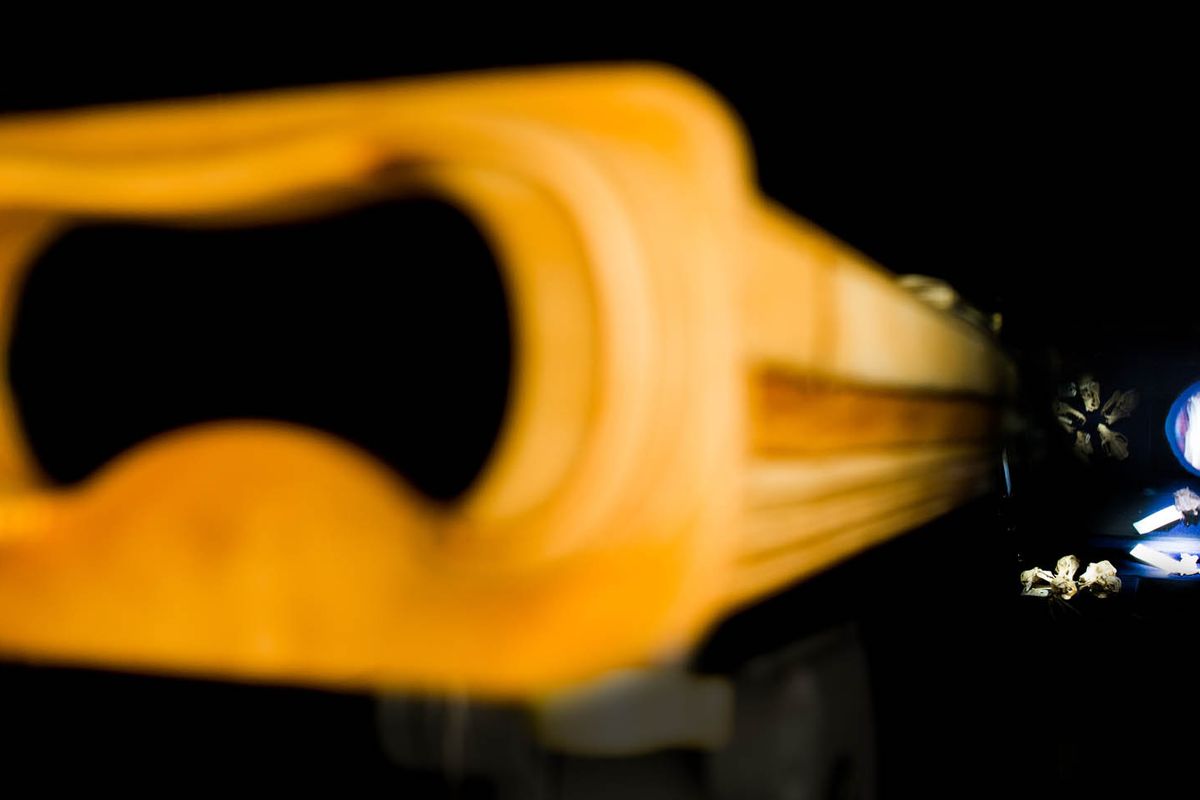
Keith Armstrong
For 20 years Keith has specialised in collaborative, hybrid, new media works with an emphasis on innovative performance forms, site-specific electronic arts, networked interactive installations, alternative interfaces, public arts practices, and art-science collaborations. His ongoing research focuses on how scientific and philosophical ecologies can both influence and direct the design and conception of networked, interactive media artworks.
Uncanny Intimacy suggests the need for a radical rethink of ecological ethics: by considering human existence as fundamentally a coexistence, we might more easily consider what ecologies need to be better understood.
Explore the work of Keith Armstrong here.
Image: Vincent Buret
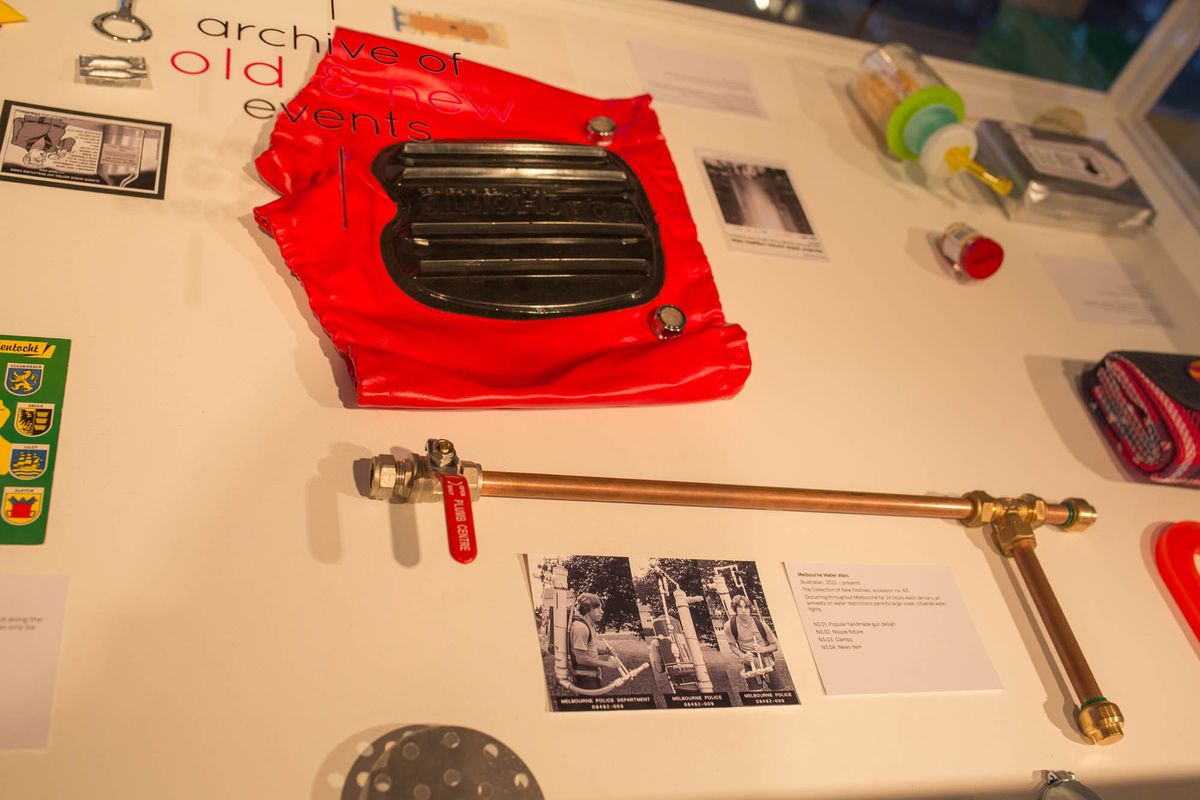
Tega Brain & Jodi Newcombe
Tega is an artist and engineer whose work rethinks the infrastructures, interfaces and institutions that structure our relationship with larger environment systems. She creates site-specific installations, dysfunctional devices, experimental infrastructures, speculative services and information visualisations.
Jodi is an artist, curator and creative producer specialising in cultural responses to environmental challenges. Jodi is also Director of Carbon Arts, an organisation working to facilitate an increased role for artists in generating awareness for climate change.
The Archive of Old and New Events examines the human connections that might still remain in the face of drastically altered seasons and natural cycles.
Explore the work of Tega and Jodi here.
Image: Vincent Buret
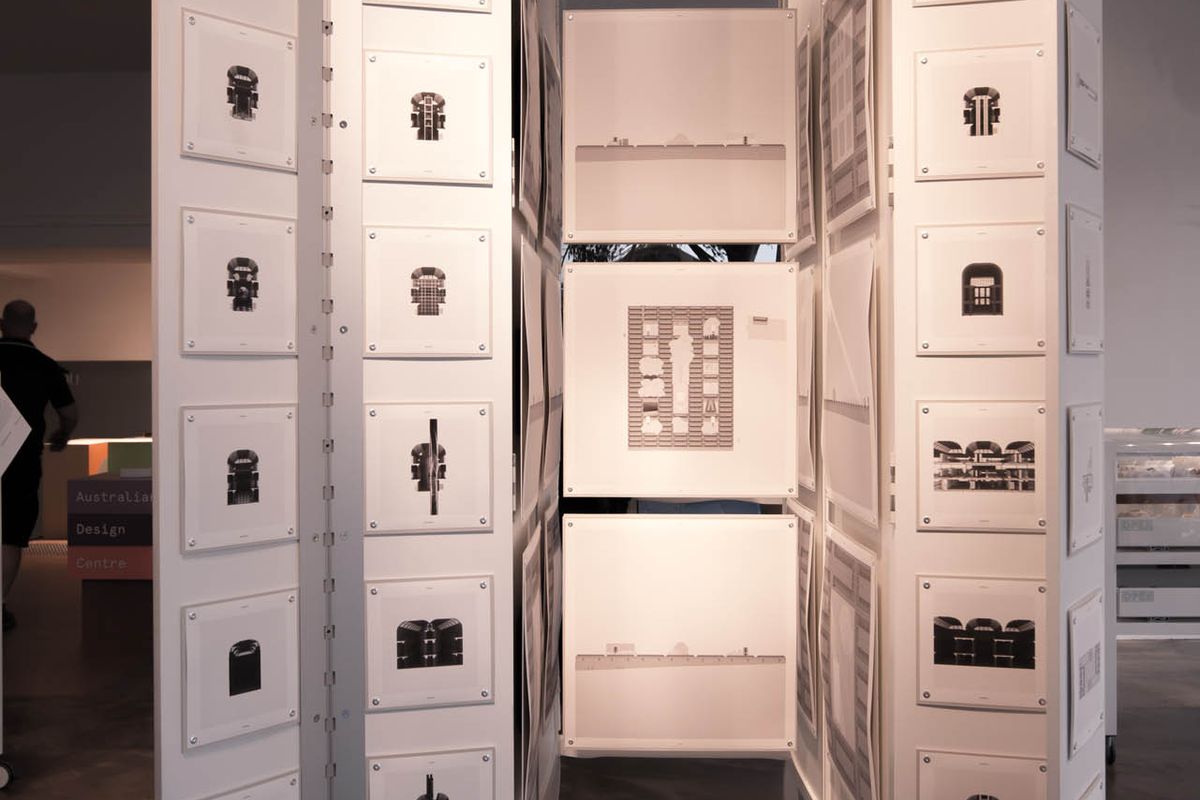
Justin Cawley
As a designer, Justin's work addresses the subject of the microcosm in contemporary architecture. He has exhibited in Sydney and London, and has received awards from the Royal Institute of British Architects, the Australian Institute of Architects and the University of Sydney.
Inside Nature is an attempt to transform the Australian Museum’s Long Gallery in ways which brings the production and maintenance of subjectivities in the museum to the fore. The Museum’s scientific and educational project is reformulated through the lens of architecture, understood as both a reflexive and speculative spatial practice of ordering and containing life.
Explore Justin's work here.
Image: Vincent Buret
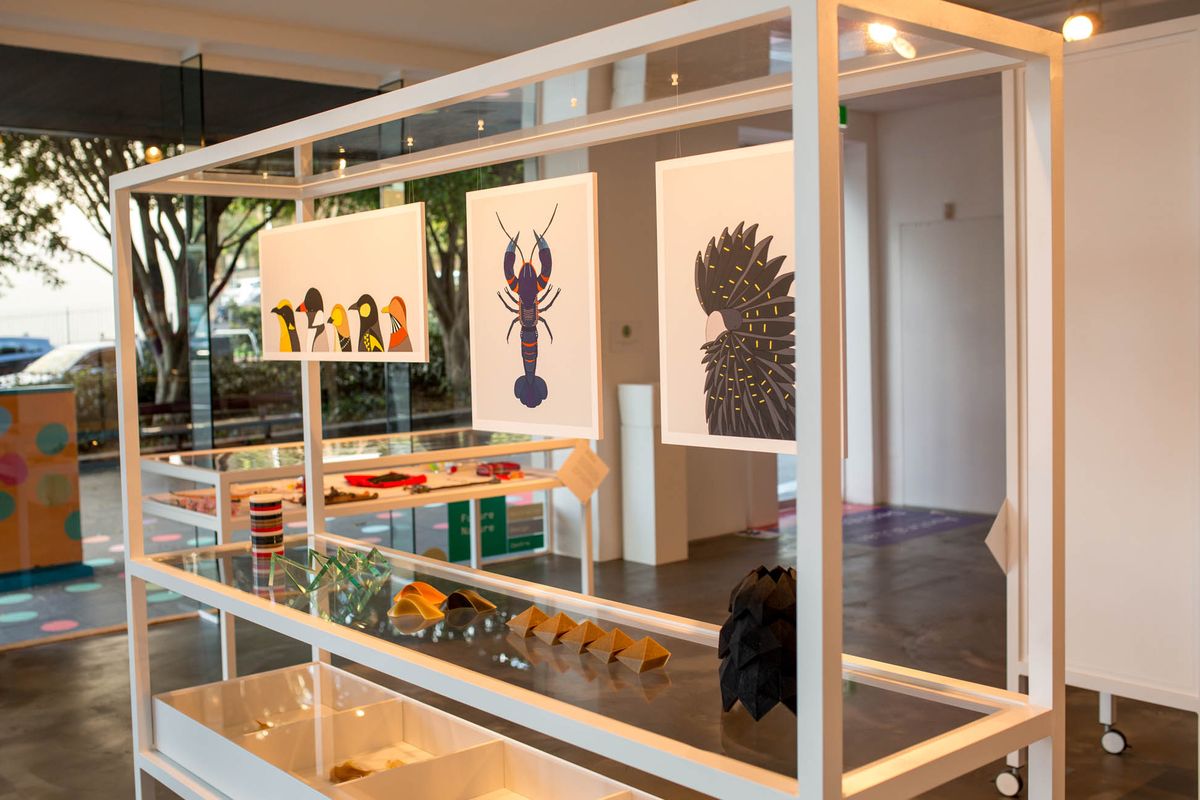
Eggpicnic
This duo have created the first design-meets-conservation platform to raise awareness, educate and provide a better way of life. Their relatable design aesthetic creates a bridge to communicate complex socially-conscious ideas and stories through illustrations, handmade art-toys and objects.
Christopher Macaluso is an industrial design graduate from the University of Technology Sydney, where he currently tutors. He has a Masters degree in Industrial Design from the Scuola Politecnica di Design in Milan, Italy. Camila De Gregorio is a graphic design graduate from the Pontificia Universidad Católica de Chile. She currently tutors at Foundation Studies at the University of New South Wales.
Inspired by the Indigenous collections at the Australian Museum, Eggpicnic has discovered embedded knowledge in these artefacts and re-applied them to their work.
Explore Eggpicnic's work here.
Image: Vincent Buret
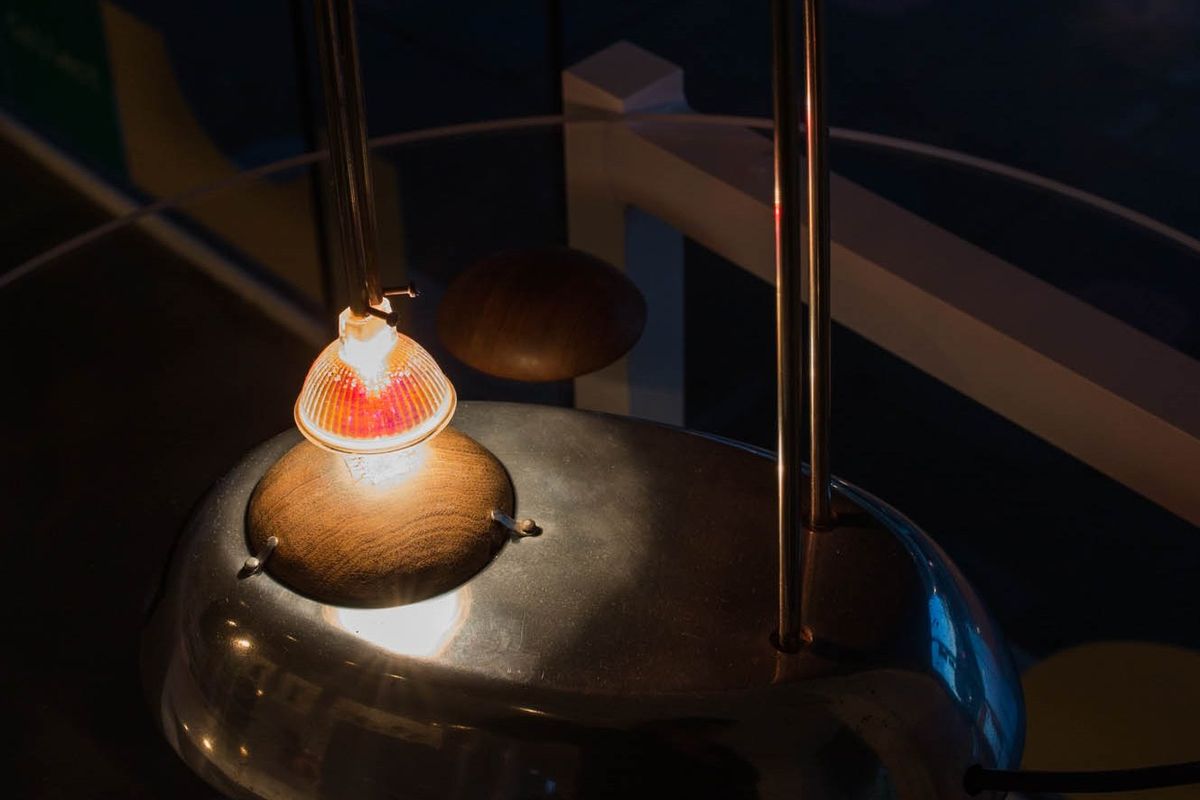
Alan Giddy
New Zealand born sculptor Alan Giddy works in Sydney as one of Australia’s foremost proponents of sustainable energy systems. Alan’s pioneering use of alternative energy systems and light in ‘time-based sculpture’ began in 1992. Since then, his practice has expanded into the public domain, specifically publicly-sited ‘active sculptures’ aimed at reinvigorating public space.
Since 1992, the light in The Clock has slowly been breaking the carbon bonds holding the wood together. At this rate, the light will completely dissipate the wood specimen within 350 years. While we are often unable to comprehend the magnitude of the challenges currently facing us, The Clock allows us to think beyond our own brief mortality.
Image: Vincent Buret
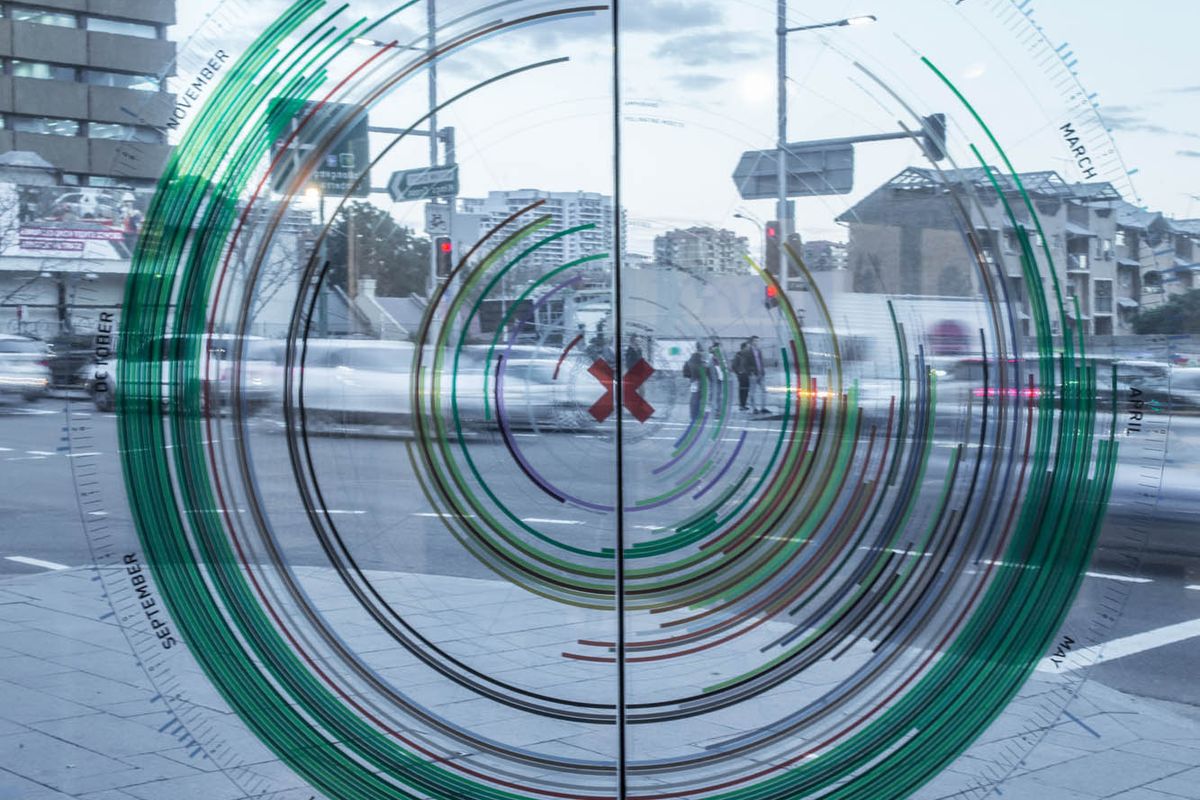
Natalie Jeremijenko
Natalie Jeremijenko is an artist, engineer and inventor with a speciality in environmental and urban issues. Her work is in the emerging field of socio-ecological systems design, a practice crucial to understanding our place in the world. Her work uses public attractions and participatory research spectacles that challenge us to reimagine our collective relationship to natural systems.
The Phenological Clock is a graphic indicating when local organisms bud, bloom, emerge or migrate throughout the year in a specific locality. Each colour represents a species of plant, insect, bird or tree, revealing both the richness as well as the interdependence of urban ecosystems.
Explore Natalie's work here.
Image: Vincent Buret
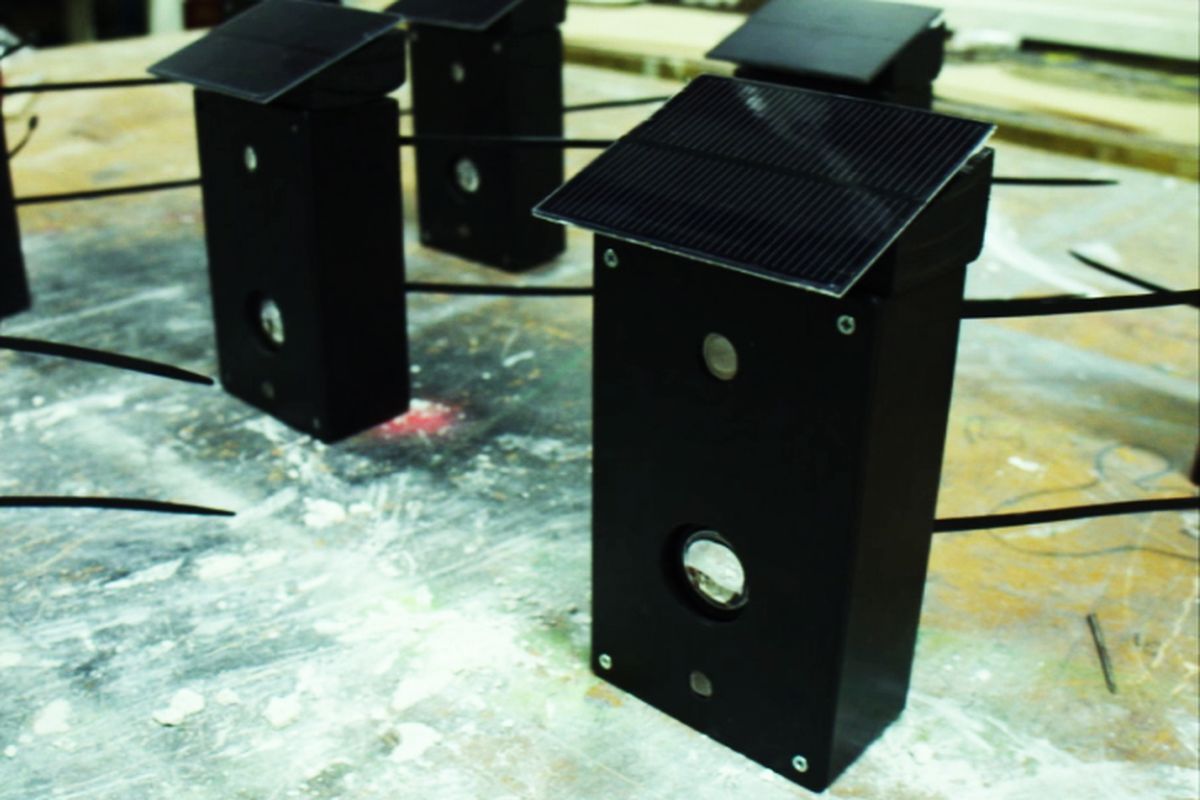
Pierre Proske
Pierre is an Australian artist intrigued by the pervasiveness of technology in science and culture and its relationship to nature. His work exposes the unspoken relationships we have with technology; his particular interest lies in the interface between the biologic and the synthetic.
He studied Electrical Engineering and Liberal Arts at the University of Melbourne, and earned a Masters of Art and Technology at Chalmers University, Gothenburg. He is director of Media Lab Melbourne, experimenting in technology, arts and design and has presented his work both nationally and internationally.
Brickets explores frequency as a concept that binds natural and artificial worlds – from a steady heart beat, or the measurable wavelengths of light, to the recurring call of an insect or the ubiquitous pulsating of our machines. Brickets is an ecology of 20 networked sound boxes that simulate the communication patterns of frogs.
Explore Pierre's work here.
Image: Courtesy of the artist
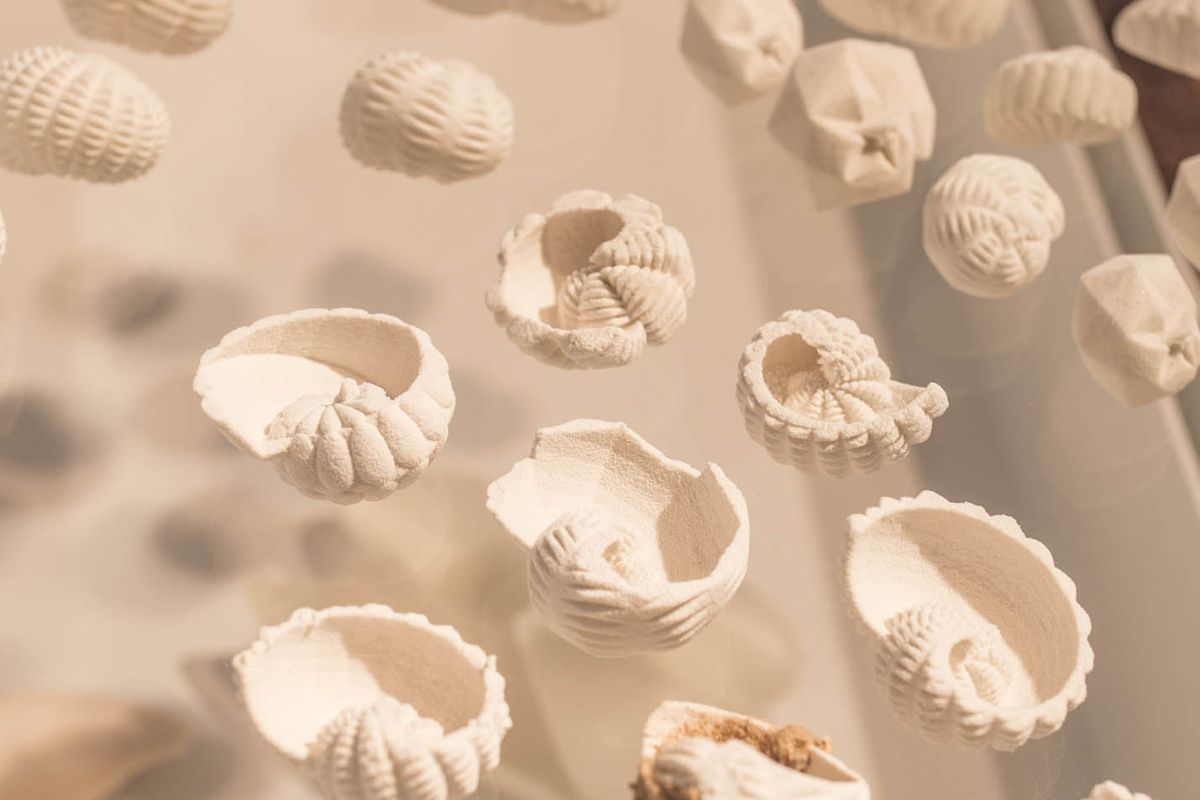
Dagmar Reinhardt & Alexander Jung
Reinhardtjung are practising architects, researchers and educators. They develop design research through design studios, exhibitions and in cross-disciplinary work, with a focus on relationships between generative design, acoustic simulation, structural engineering, digital fabrication and spatial programming.
Nature is a laboratory of the future. Coral Colony is a synthesis of biology, mathematics, behavioural studies and architecture, exploring the ways in which a singular organism (the coral) contributes to a larger ecosystem (the colony). The project reworks these systems and operations through digital fabrication, exploring the way digital code becomes matter and how coded matter initiates behaviour.
Explore the work of Dagmar and Alexander here.
Image: Vincent Buret
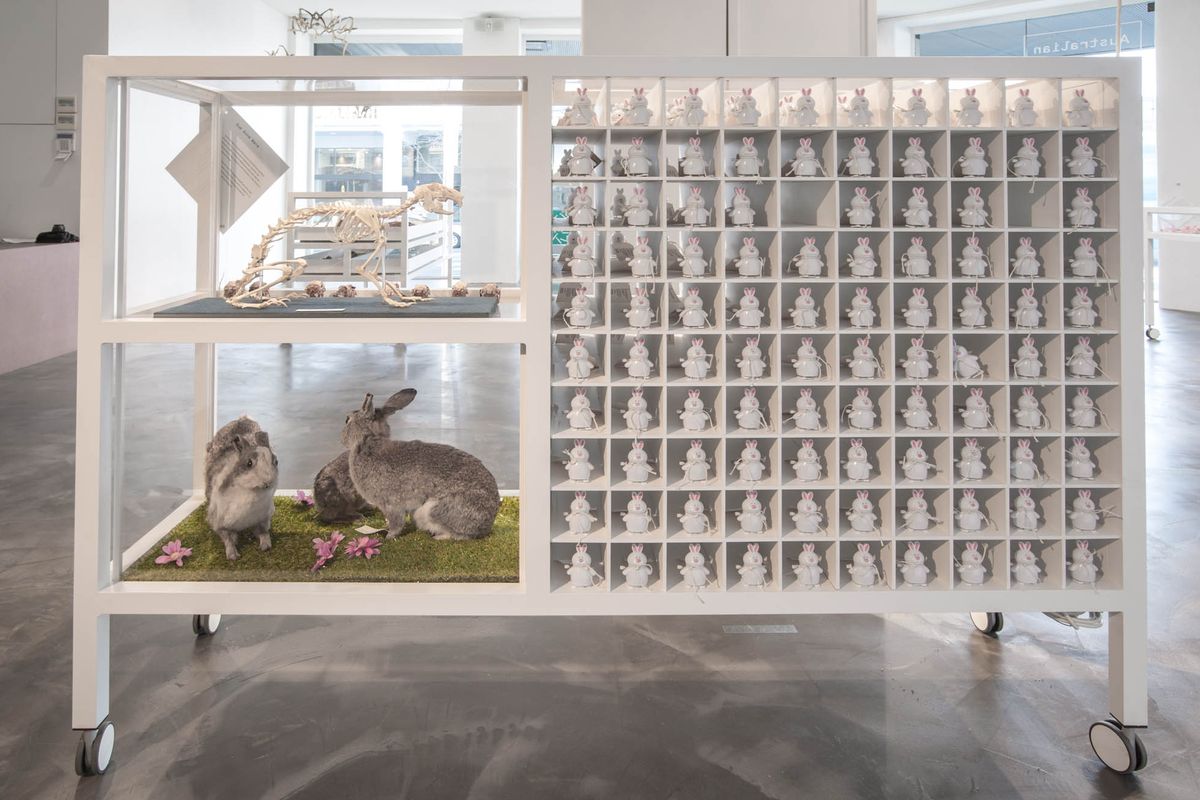
Sue Anne Ware
Sue Anne Ware is Head of the School of Architecture and Built Environment at the University of Newcastle. She has produced over 100 research outputs and more than 30 major exhibitions and creative works. Her work is notable for its contribution to a growing discourse in landscape architecture underpinned by design activism and research.
Bunny Refugees is a diorama focusing on the feral and the unwanted. The subject is the uninvited rabbit; an introduced species and misunderstood animal. Bunny Refugees deliberately conflates humans and rabbits in a cautious attempt to question who or what “belongs” in Australia.
Explore the work of Sue Anne here.
Image: Vincent Buret
